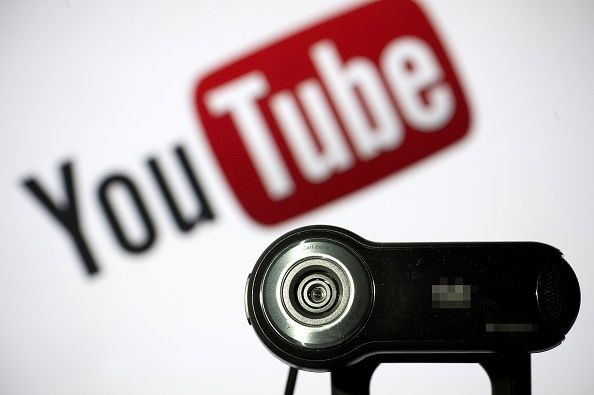What's Right With YouTube And What's Wrong In 2019

I don’t particularly envy YouTube right now. From creators’ complaints about an unfair partnership to the thousands of recent articles concerning detrimental flaws in the YouTube algorithm and child safety, YouTube is facing a large share of brand problems. To build trust in your brand, your product, policies, and even success, metrics should consistently reinforce your mission and values.
YouTube anchors its mission “to give everyone a voice and show them the world” around four brand values: freedom of expression, freedom of information, freedom of opportunity, and freedom to belong. However, as is demonstrated by the overwhelming number of dislikes and negative comments on YouTube’s brand mission video published in June of 2017, the creative community does not feel as if YouTube is living up to its brand values. That being said, it’s not all bad news for YouTube in 2019. The company continues to charge forward with new features and remains one of the most visited sites with incredibly diverse viewer demographics. Marketers can learn a thing or two by looking at where YouTube is succeeding, and where it is falling short.
Inclusivity matters
The video platform’s largest attraction is that it provides a medium for creators from all walks of life to express themselves. It has made incredible strides toward leveling the playing field by providing a platform where anyone can share video content.
YouTube has succeeded in achieving a high level of authenticity by keeping the platform open and accessible to all -- that applies to both creators and viewers. Consumers are hungry for more honesty and inclusivity, and they expect to see that from brands.
Metrics should align with your mission
The website has become a sort of wild west of video content driven by 1 billion hours per day of watch time as a company goal. Watch time as a key metric without too much care put into how that impacts the community seems to be misaligned with its mission. Storyblocks surveyed over 400 YouTubers and found that many content creators feel cheated by this focus on watch time as well. Since more watch time equates to more ads and more money in YouTube’s pocket, the surfacing algorithm relies heavily on watch time. With an algorithm that favors longer videos, many creators are forced to choose between creating the best content for their audience and doing what will get their content surfaced.
Marketers should be aware of how high-level metrics steer the direction of their product and customer experience. If your goals are causing misalignment with your brand values, consider if they are the right goals to have.
Transparency is the way to go
Many YouTube creators feel like the platform’s algorithm and its monetization policies are a black box. They are confusing, at best, and intentionally mystified, at worst. Frequent changes to both without insight into reasons has bred distrust, and lead to the critique that YouTube provides more opportunities for surfacing and monetization to big players while ignoring the voices of smaller channels.
Transparency is the best way that brands can build trust and hold themselves accountable to their values. Giving customers a window to your policies, how you source supplies, or the impact you have on your community are all levers for improving transparency.
Your product should embody your brand
YouTube’s brand value “freedom to belong” touts an inclusive community in which people from diverse backgrounds are supported. But this is another promise YouTube has had trouble keeping. Many YouTubers are disappointed with YouTube’s lack of involvement in reducing bullying and hateful comments. Some YouTubers we’ve spoken with suggested removing the “dislike” option on videos.
You shouldn’t just rely on marketing or policies to reinforce your brand. As is the case with YouTube, your values may evolve, and you may find that an older product feature no longer fits with who you want to be. If you discover something that is out of touch with your values, it’s time for an update.
What to learn from YouTube
There seems to be a misalignment between how YouTube defines its brand values and mission, and how they play out. If YouTube isn’t careful, it may find itself falling out of favor with artists who gain more value sharing content elsewhere.
It’s easy to point out flaws in the system and to harp on the mistakes a company has made, especially when that company is so publicly recognized. YouTube has done an excellent job in providing a medium that could “give everyone a voice and show them the world.” To become the idealistic platform it is striving to become, it will need to realign with its community. The takeaway for all companies and marketers is to live and breathe your values. If you want to build a brand that is trusted and loved, everything you do should tie back your mission.
TJ Leonard is the CEO of Storyblocks, which empowers the creative community by providing premium stock media to creators at affordable prices.
© Copyright IBTimes 2024. All rights reserved.





















